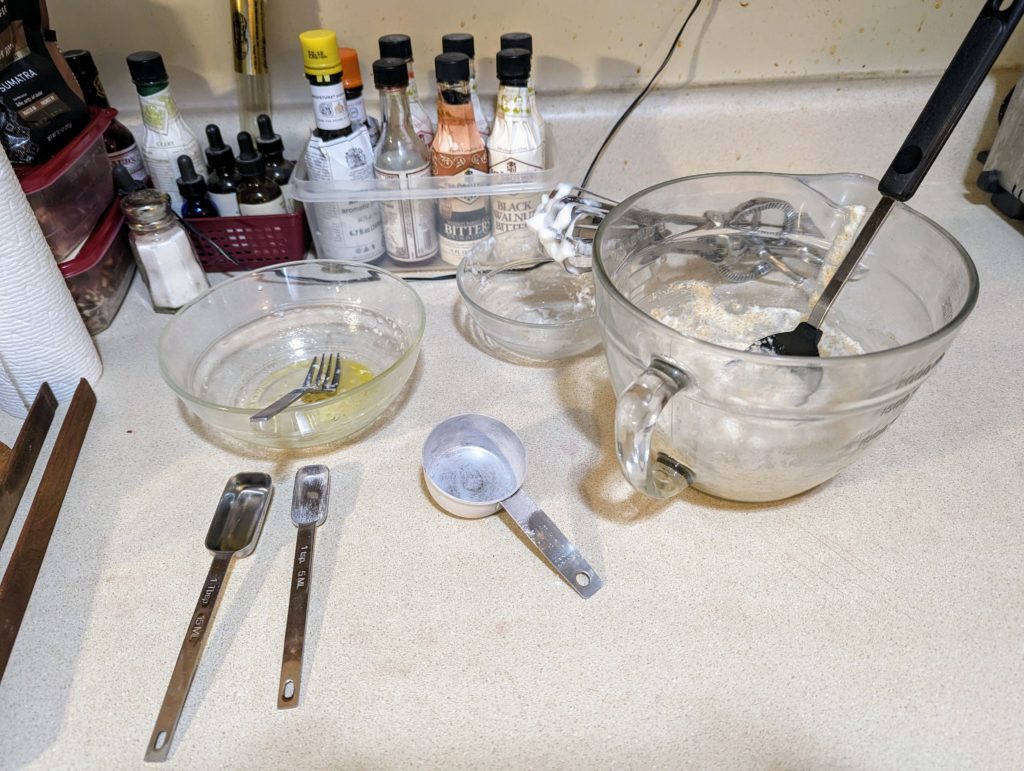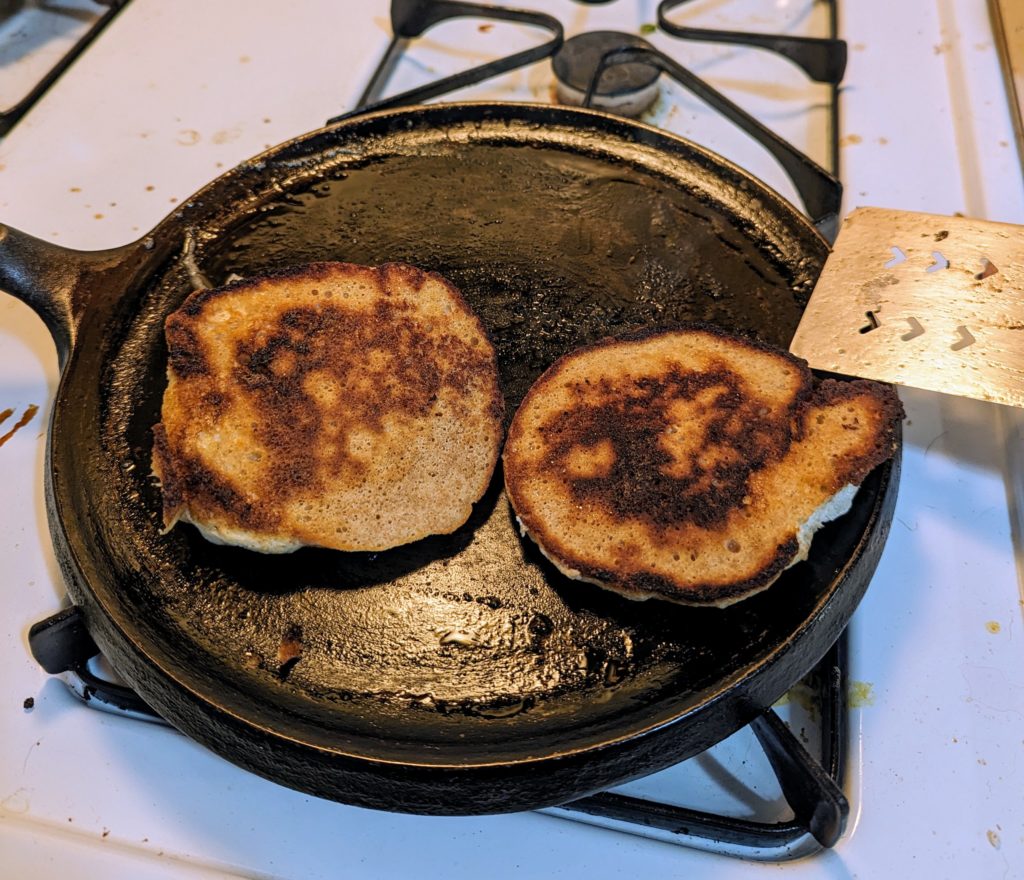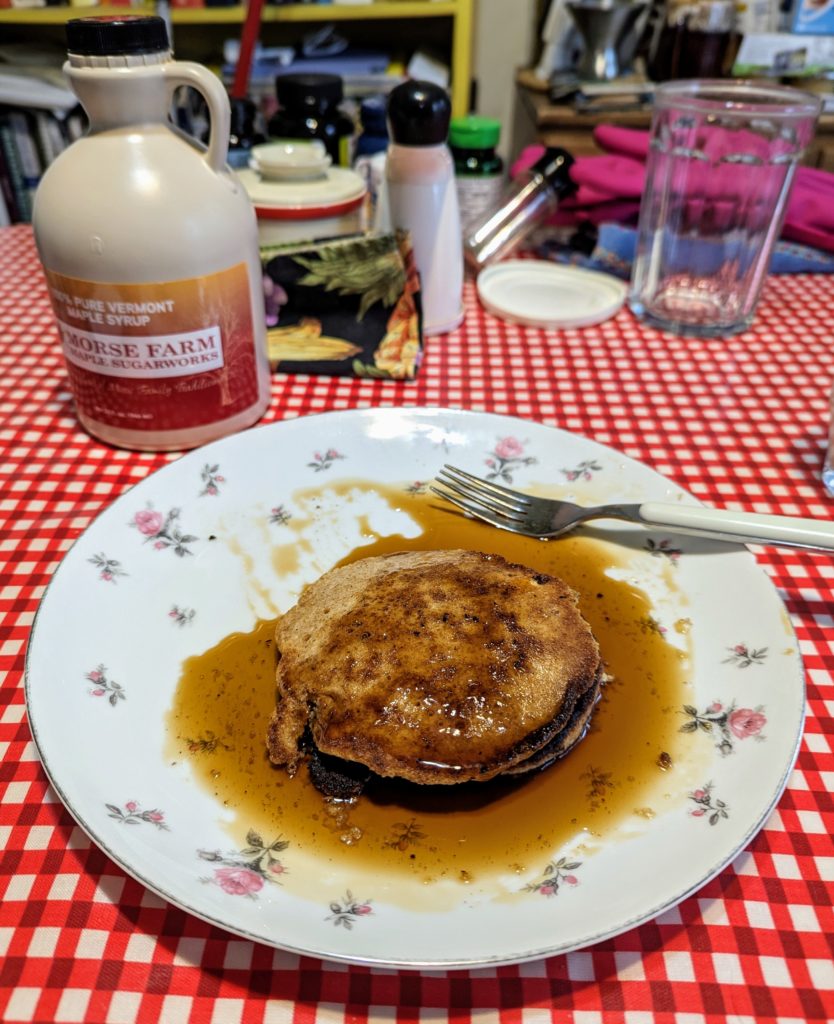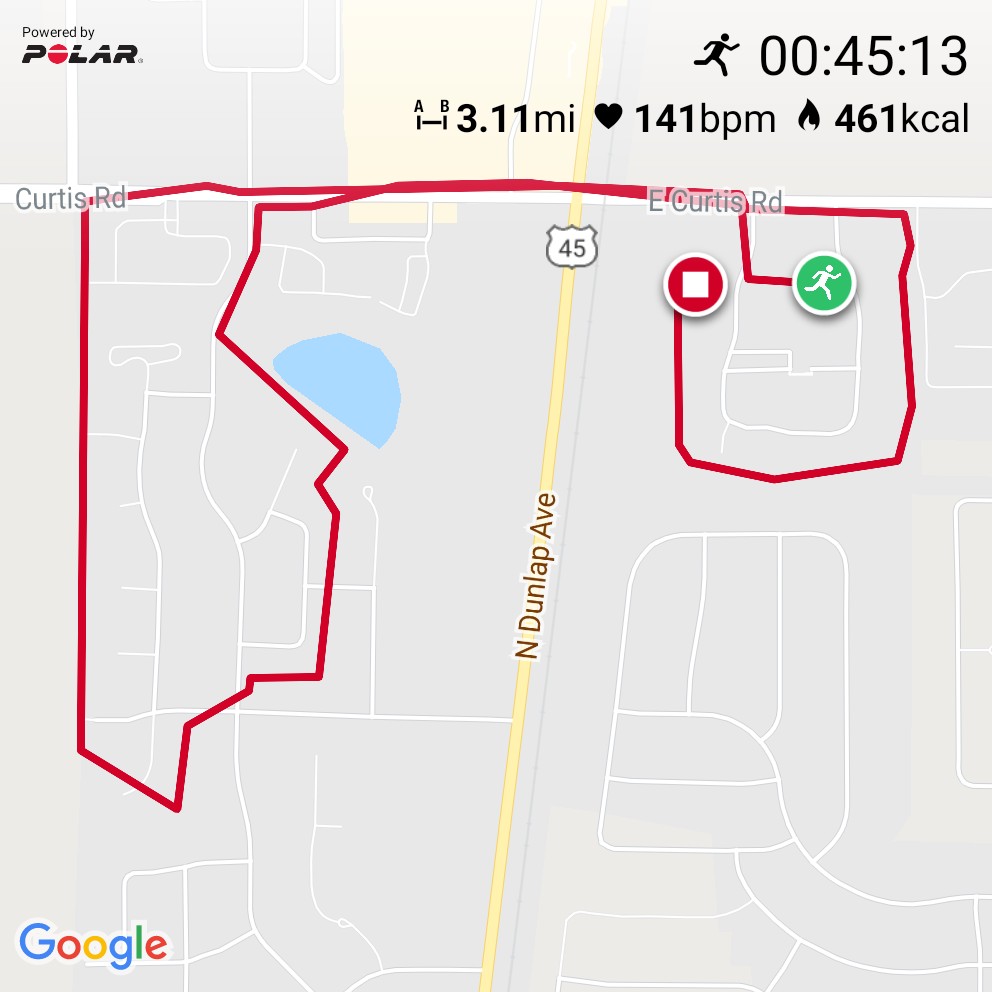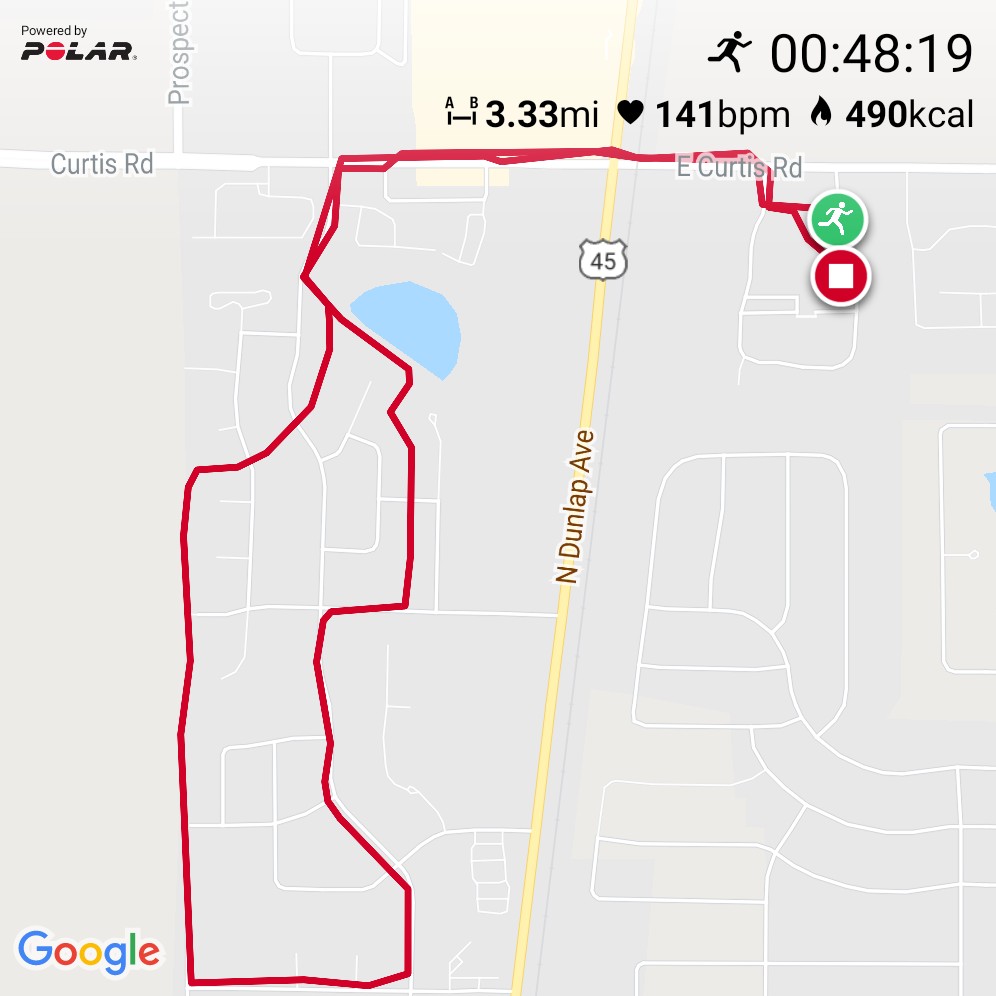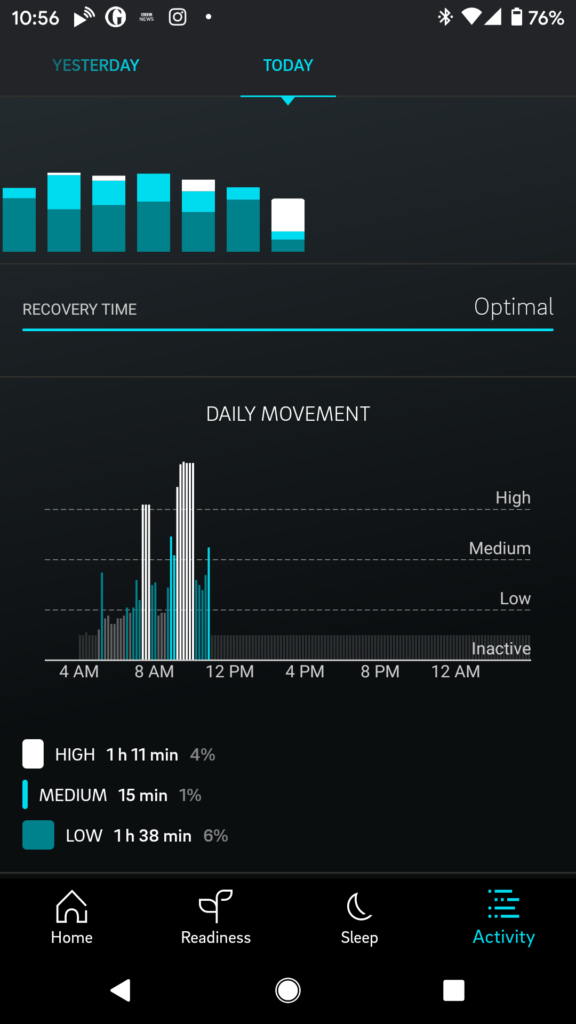Jackie and I bake all our own bread. I can’t remember the last time we bought a loaf of ordinary bread, although we buy other kinds of bread products from time to time (croissants, english muffins, etc.). We take turns baking, and are pretty jealous of our turns. Except for when Jackie broke her wrist and I got to bake all the bread for 7 or 8 weeks, I don’t think I’ve baked two loaves in a row more than a couple of times, and I think Jackie got two turns in a row only once.
We’ve had a sourdough starter going for at least fifteen years now. (We call her Bubbles.) I wrote about how we bake sourdough bread in a Wise Bread post a few years ago.
Every loaf is different, of course. Some have butter or olive oil, others don’t. Some have sugar or honey or molasses, others don’t. Some have salt or baking soda, but usually neither. Some include large or small amounts of rye or barley or oats or other more exotic flours, others don’t.
Still, most of my loaves are pretty similar—a cup of bread flour, up to a cup of non-wheat flours, and then the rest whole wheat flour. But it occurred to me a couple of days ago that in fifteen years of baking—probably 400 loaves over that time—I’d never baked a loaf of white bread.
So, a couple of days ago, I decided to bake a loaf of white bread.
I read a few recipes for French country sourdough before I started, just to see what they all had in common, which is how this loaf ended up with a little salt and a tablespoon of white sugar. Except for two tablespoons of flax-seed meal, the flour content was entirely bread flour.
What a great loaf of bread! Not so much with the fiber, I guess, but tasty. We immediately thought of all sorts of things that are especially good with white bread—garlic bread (which we had last night with spaghetti) and french toast (which we had that morning with grade B maple syrup). This loaf went so quickly, I got special dispensation to do a second just the same (or else I wouldn’t get a grilled turkey and cheese with mustard sandwich or a peanut butter and jelly sandwich).
We won’t be switching to white bread of course. There’s a reason we’ve made whole-grain loaves for fifteen years. But I’ll remember this loaf. Once or twice a year seems like a much more reasonable frequency for white bread than once or twice every fifteen years.
